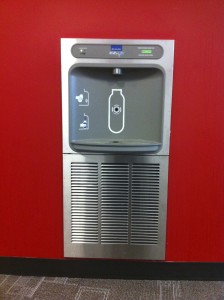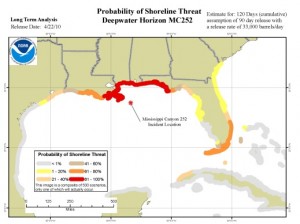This photograph shows one of the images projected onto the walls of St. Peter’s Basilica in the Vatican earlier this week. The public art display, titled “Fiat Lux: Illuminating Our Common Home” showcased images to capture the themes of climate change, environmental sustainability and human dignity, all inspired by “Laudato Si”, Pope Francis’ recent encyclical on the environment. The contemporary art display was staged by a group of humanitarian organizations working with the World Bank Connect4Climate initiative, as a gift to mark the start of the Catholic Holy Year. The art installation also coincides with the ongoing talks in Paris to reach an agreement on climate change. Prisere LLC develops strategies to mitigate climate change impacts and the attendant disaster risks.
As the faith-based communities, including the Catholic Church, are increasingly active in environmental advocacy and disaster relief work, I have been thinking back to my own experience of 9-11, where the idea for Prisere began. The collapse of the Twin Towers deposited soot, ash and debris throughout Lower Manhattan. My insurance company paid for a professional restoration service to come in for environmental remediation work at both my office and my home. The service removed air-borne particles, cleaned out vents and ducts and restored the quality of breathing air. For those who didn’t have insurance coverage, the faith-based groups stepped up. I remember seeing groups of people from Baptist churches in the southern states who traveled to New York to clean people’s homes, inspired by the call to serve the less fortunate. They would sleep on people’s sofas while they worked in New York, committed to helping lower-income New York residents regain access to safe breathing air in their homes. The commitment of the faith-based groups is truly impressive.






